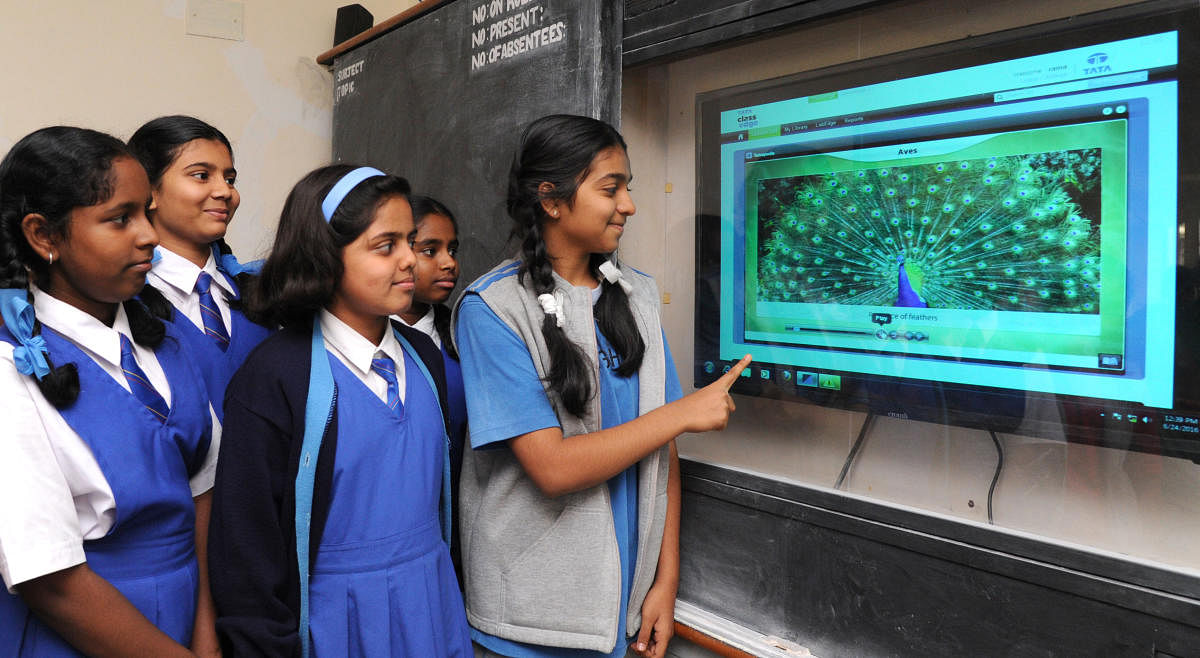

That people have preferred learning styles is an idea that has entrenched itself in the educational scape over the last two decades. The most frequently touted styles, based on sensory modalities, are visual, auditory and kinaesthetic. Typically, visual learners are believed to learn the best while seeing images and pictures. Auditory learners, on the other hand, are thought to process content better when it is presented aurally through lectures or songs. And, kinaesthetic learners are supposed to thrive using hands-on learning where they manipulate objects and materials. However, even though the idea of learning styles may be intuitively appealing, there is scant evidence that teaching according to a student’s preferred learning style is beneficial.
First, there is no agreed upon definition of learning styles with different theorists proposing different models. Further, there is no consensus on the types or number of learning styles.
Not coherent
According to psychologist Scott Barry Kaufman, who critiques the concept of learning styles in one of his articles, the number of learning styles proposed varies from 3 to 170. Further, the idea that teaching adapted to a student’s learning style will lead to enhanced understanding has not been empirically supported.
One reason why learning styles have caught teachers’ imaginations is that they seem to tie into Howard Gardner’s famed theory of multiple intelligences. Gardner definitely broadened the concept of intelligence by pluralising the term and provided a sound rationale for each of the eight relatively independent mental faculties he proposed. So, instead of just prizing skills and abilities that can be measured by traditional paper and pen tests, he widened the scope of intelligence to reflect skills like music, dance, getting along with people etc.
In an article, Gardner himself says that learning styles and multiple intelligences cannot be equated. He says that “the notion of learning styles is itself not coherent.” As there aren’t clear-cut criteria for identifying or assessing them, the concept is mired in ambiguity. Gardner also exhorts teachers to abandon the term ‘learning styles’ as it is only bound to confuse them and their students. Instead, he coaxes teachers to present content in multiple ways using varied formats like stories, diagrams, role plays and relevant project work.
Another critic of the concept of learning styles is Daniel Willingham, a cognitive psychologist. He says that while “children do differ in their abilities with different modalities,” to teach them according to their preferred modality does not lead to better educational outcomes. Instead, he argues that teachers should teach to the “content’s best modality.” And, he says that all students stand to gain when “content drives the choice of modality.”
According to learning style theorists, a class learning about the Indus Valley Civilisation may proceed along the following lines. Auditory learners may listen to texts and stories that describe the day-to-day lives of people who lived nearly 5,000 years ago. Visual learners may learn about the period through pictures and photographs, while kinaesthetic learners may handle models and artefacts associated with this prehistoric civilisation. But, Willingham rightly argues that all students will probably learn best if they get to listen to stories, see pictures and feel objects that represent the period.
Further, certain types of content lend themselves better to one modality over another. For example, if students need to locate places on a map, showing them a visual representation makes more sense than giving auditory directions. Likewise, if children are learning the properties of balance involving a pendulum, kinaesthetically moving objects around on a balance beam will be the most helpful. Thus, Willingham argues that “modality matters in the same way for all students.”
So, when teachers are presenting content, they should not focus on the preferred modalities of individual students. Instead, they should think of how best they can showcase the material so that students derive meaning from the lesson. In addition, Willingham says that when teachers change modalities during a lesson, it helps all kids focus better. Thus, if they have been listening to an explanation for 15 minutes, all children will be more alert if the teacher presents a few pictures or even a video to buttress on the content spoken.
Another study conducted on college students by Professor Polly Husmann and her colleagues also strikes a blow to the concept of learning styles. Undergraduate students in an anatomy class were first given a questionnaire to determine their learning styles. Following this, the researchers provided students with studying strategies that would match their learning style. However, the researchers found that students did not necessarily study in ways that mirrored their professed learning style. In addition, those who did study according to their preferred learning style did not necessarily perform better in the subsequent test.
Despite the lack of empirical support, learning styles seem to have caught the popular imagination world over.
Misguided conception
A study in 2014 found that over 90% of teachers in different countries seemed to buy into the concept. As a result, academicians are trying to curb the spread of this “neuromyth.” In March 2017, around 30 eminent psychologists and neuroscientists, led by Professor Bruce Hood, jointly authored a letter exhorting teachers to avoid basing their teaching on “misconceptions and myths that are supposedly based on sound neuroscience.”
Further, the authors say that when students are categorised according to a particular learning style, teachers may inadvertently convey the message that such styles are “fixed or rigid,” which can then hamper learning.
So, perhaps it is time to bid adieu to learning styles in the classroom. Instead, teachers may work on making content more meaningful to students by linking it to previous knowledge, children’s lives and the world around them. And, teachers can use a multiplicity of formats to illustrate what they are trying to convey. Ultimately, learning involves understanding. And that’s what educators should focus on.
(The author is director, PRAYATNA)